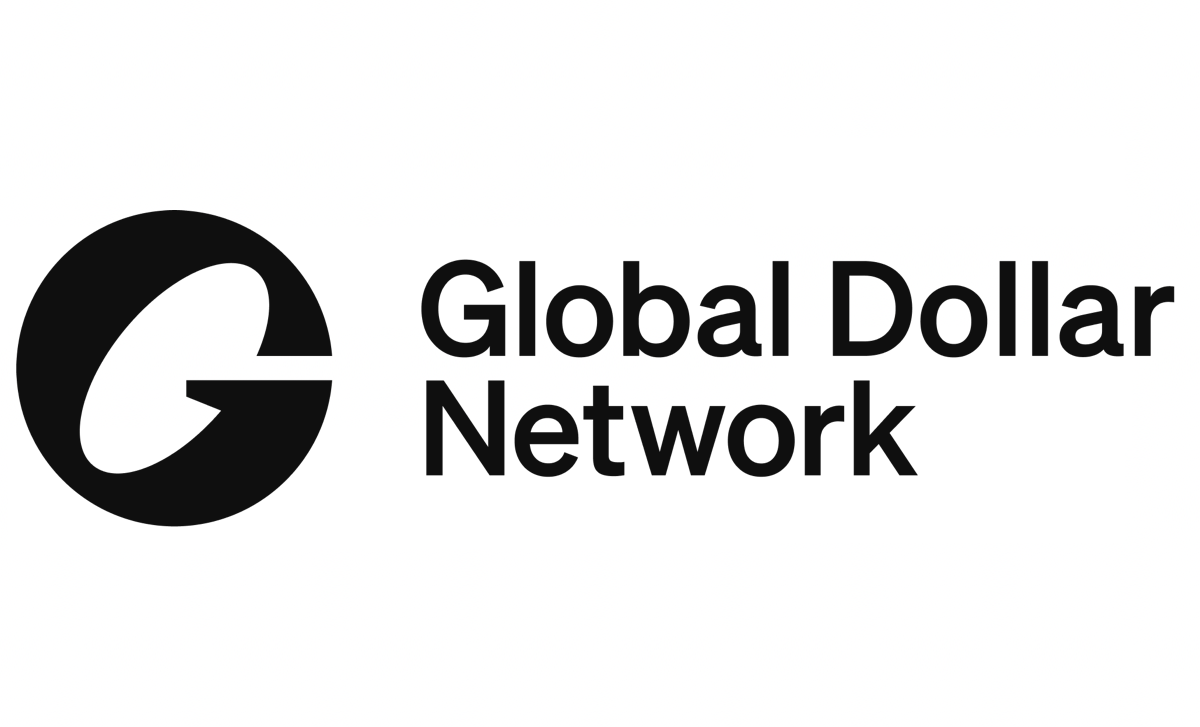Breaking: Visa Pioneers Global Digital Currency Revolution with Stablecoin Alliance

In a groundbreaking move that could reshape the digital finance landscape, Visa is set to become the first traditional financial powerhouse to join the Global Dollar Network (USDG) stablecoin consortium. This strategic partnership signals a significant milestone in bridging traditional banking with cutting-edge cryptocurrency infrastructure.
By entering the USDG consortium, Visa demonstrates its commitment to innovation and its forward-thinking approach to emerging financial technologies. The move suggests a growing recognition among established financial institutions of the potential transformative power of stablecoins and blockchain-based payment systems.
The collaboration represents a potential turning point for mainstream financial adoption of digital currencies, with Visa's involvement lending considerable credibility to the USDG initiative. As the payment processing giant steps into this new digital frontier, industry observers are keenly watching how this partnership might influence future financial ecosystems.
This development underscores the increasing convergence between traditional financial services and decentralized digital technologies, potentially paving the way for more seamless and efficient global financial transactions.
